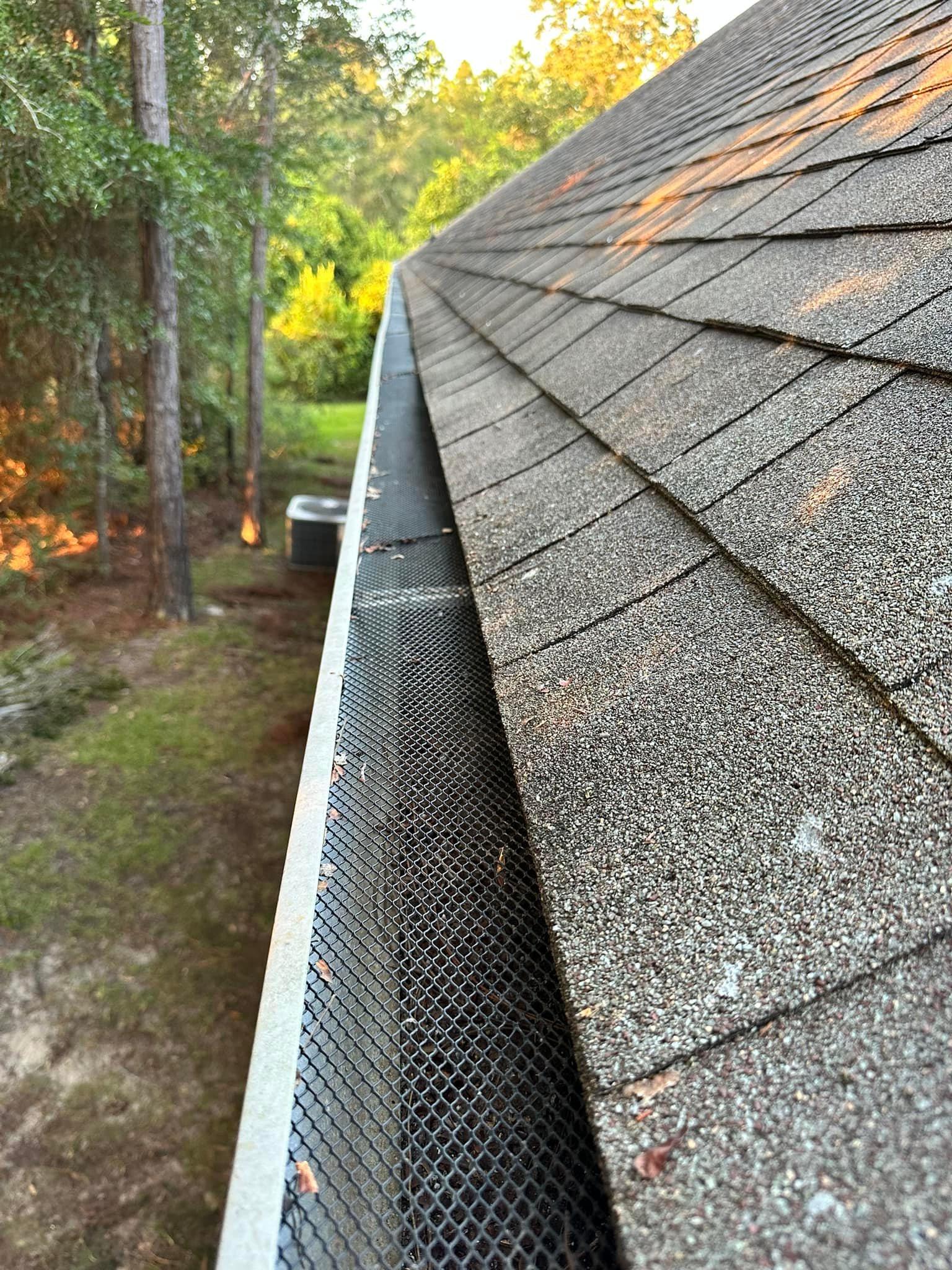
Sustainable Landscaping Solutions for Eco-Friendly Outdoor Spaces Oct 22, 2025
Sustainable landscaping, at its core, involves making mindful choices that promote environmental health and resource conservation. One key aspect is selecting the right plants. Opt for native plants that are well-adapted to your local climate. These plants require less water and maintenance, reducing the need for fertilizers and pesticides. By choosing indigenous flora, you support local ecosystems and attract beneficial wildlife such as bees and butterflies, further enhancing the ecological balance of your garden.
Another crucial element of sustainable landscaping is efficient water management. Implementing a smart irrigation system is an effective way to conserve water. Drip irrigation and soaker hoses deliver water directly to the roots, minimizing evaporation and runoff. Moreover, consider installing a rainwater harvesting system. Collecting rainwater helps reduce dependence on municipal water supplies, lowers water bills, and ensures your garden thrives even during dry spells.
Incorporating permeable materials into your hardscaping projects is another strategy to improve sustainability. Permeable or porous surfaces, such as gravel, permeable pavers, or eco-friendly concrete, allow water to seep into the ground rather than run off into storm drains. This not only mitigates flooding risks but also replenishes groundwater levels, promoting a healthier hydrological cycle.
Composting is a valuable practice that turns organic waste into nutrient-rich soil amendments. Incorporating compost into your landscaping means reducing reliance on chemical fertilizers, which can leach into waterways. Compost enhances soil health, improves structure, and boosts plant growth, leading to a more robust and resilient landscape.
A sustainable landscape is incomplete without addressing energy conservation. One way to reduce energy use is by installing outdoor LED lighting powered by solar panels. These lights are energy-efficient and reduce electricity costs. They provide ample illumination for safety and ambiance while minimizing the carbon footprint.
Furthermore, consider integrating multifunctional outdoor spaces. Instead of sprawling lawns, create distinct zones such as vegetable patches or pollinator gardens. This not only maximizes land use efficiency but also encourages biodiversity. Including edible plants and herbs in your garden design offers fresh produce and herbs, fostering a more sustainable lifestyle.
Lastly, remember that education and ongoing maintenance are vital for sustainable landscaping. Regularly assess your garden’s water needs, adjust irrigation systems to surprise weather changes, and engage in natural pest control measures. Keep abreast of new sustainable practices and involve the entire family in learning and caring for your outdoor space.
By adopting these sustainable landscaping solutions, HT Outdoor Living is committed to helping you cultivate an eco-friendly outdoor oasis. Transform your garden into a space that nurtures the environment while providing an inviting sanctuary for relaxation and enjoyment. Embrace the journey toward sustainability and become an integral part of the solution to today’s ecological challenges. Your efforts not only enhance your landscape but also contribute to a healthier planet for future generations.
/filters:no_upscale()/media/e18b01ca-046d-4821-ac85-373ca4120064.png)